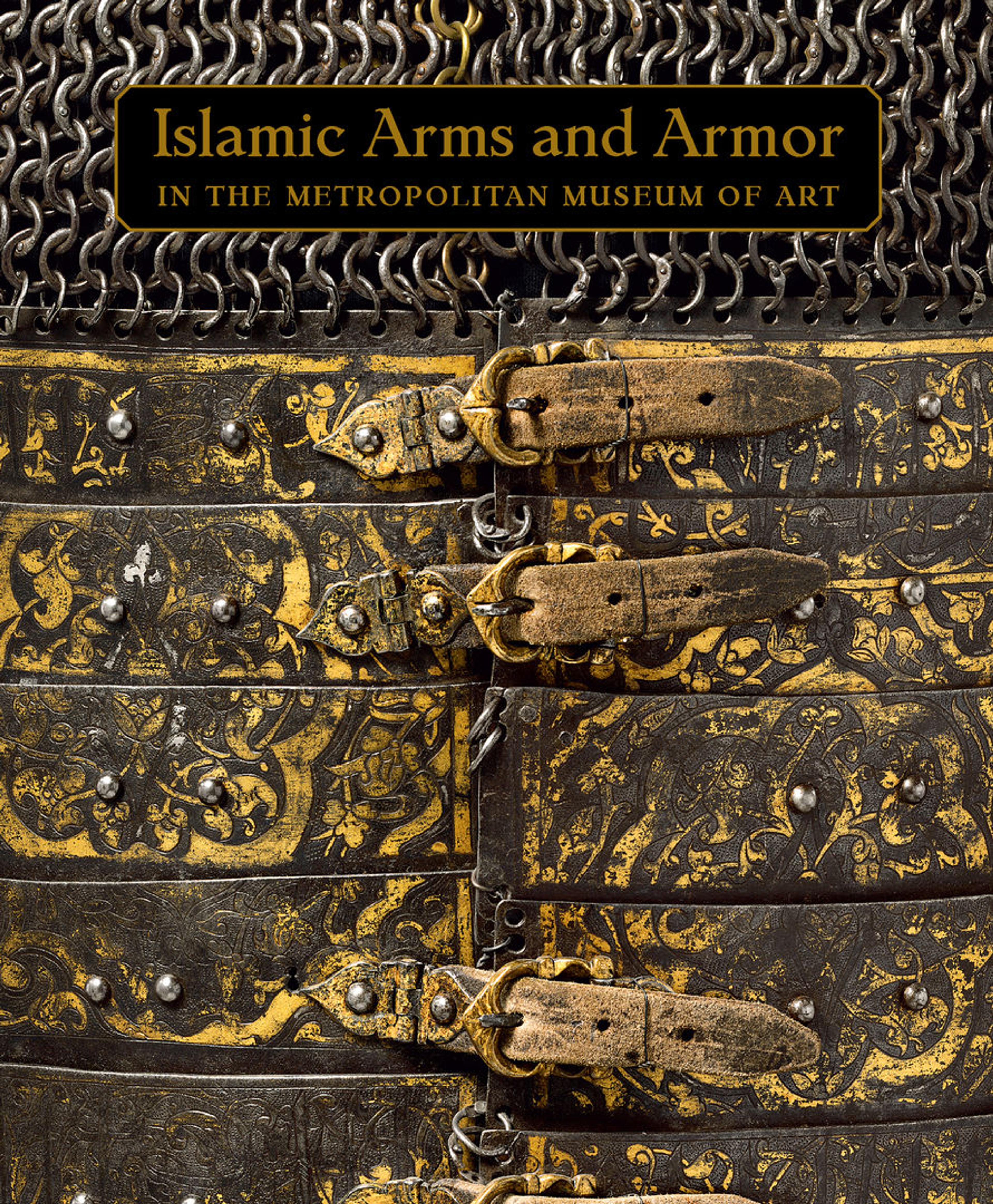Dervish Ax
Large axes with crescent-shaped blades were originally designed for use in battle, but they gradually came to serve as symbols of authority and were carried before a dignitary. They are also associated with religious mystics, Sufis or dervishes, who often exercised considerable political influence, particularly among the Ottoman janissaries (the sultan’s elite guard). This late example is decorated in silver with pious Qur'anic inscriptions and verses in Ottoman Turkish by Hatayi, a poet of the Bektashi Order of Dervishes.
Artwork Details
- Title: Dervish Ax
- Date: dated A.H. 1241/1825–26 CE
- Culture: Turkish
- Medium: Steel, silver, copper, wood
- Dimensions: L. 52 in. (132 cm); Wt. 3 lb. 2 oz. (1420 g); axehead: 15 3/8 x 8 3/4 in. (39 x 22.1 cm)
- Classification: Shafted Weapons
- Credit Line: Rogers Fund, 1904
- Object Number: 04.3.467
- Curatorial Department: Arms and Armor
More Artwork
Research Resources
The Met provides unparalleled resources for research and welcomes an international community of students and scholars. The Met's Open Access API is where creators and researchers can connect to the The Met collection. Open Access data and public domain images are available for unrestricted commercial and noncommercial use without permission or fee.
To request images under copyright and other restrictions, please use this Image Request form.
Feedback
We continue to research and examine historical and cultural context for objects in The Met collection. If you have comments or questions about this object record, please complete and submit this form. The Museum looks forward to receiving your comments.
